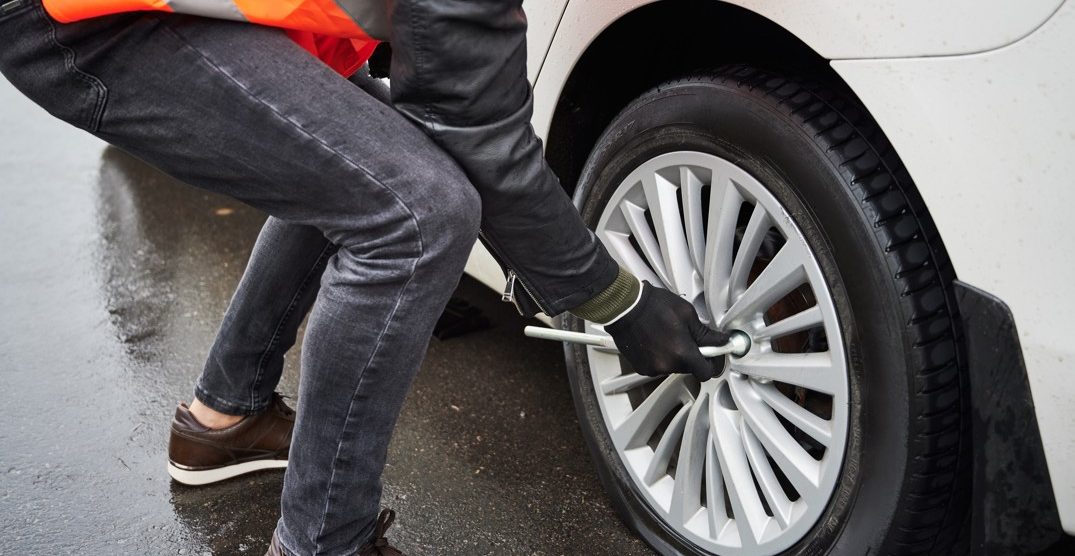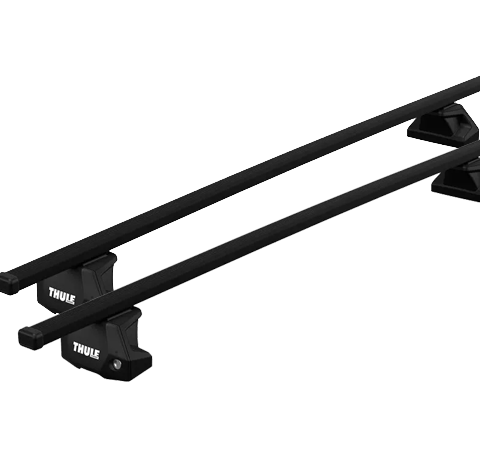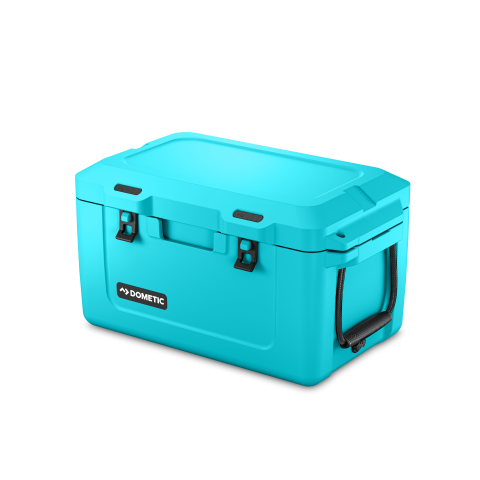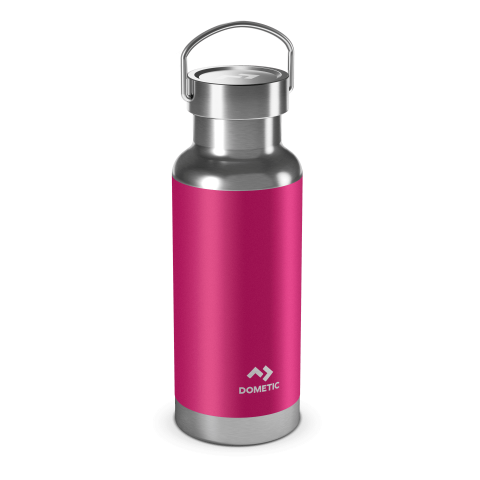How to Change a Wheel on Your Car, Van, or Campervan

How to Change a Wheel on Your Car, Van, or Campervan
A flat tyre can happen anywhere — whether you’re on a country lane, a motorway shoulder, or a remote campervan pitch. Knowing how to safely change a wheel can save you time, money, and stress. While it might seem intimidating at first, the process is straightforward with a little preparation and care.
When to change a wheel
You should only change a wheel if you are in a safe location and confident in doing so. If you’re on a busy road, unable to safely move your vehicle, or don’t have the correct tools, it’s best to call for roadside assistance. However, if you’re equipped and the situation is safe, changing a wheel yourself is completely manageable.
What you need
Your vehicle should be equipped with a jack, a wheel brace or wrench, a spare tyre or space-saver wheel, and possibly a locking wheel nut key. You may also benefit from gloves, a torch if it’s dark, and a reflective jacket for visibility. Always check these tools are in the vehicle and in working order before any long journey.
Step-by-step: how to change a wheel
First, park on level ground away from traffic and turn on your hazard lights. Engage the handbrake and put the vehicle in gear (or ‘park’ if it’s an automatic). Place wheel chocks or bricks in front of and behind the wheels on the opposite side to the flat to stop the vehicle from rolling.
Loosen the wheel nuts slightly using the wrench, but do not remove them yet. If your vehicle has a locking wheel nut, use the locking key. Once loosened, locate the jacking point nearest the flat tyre — your owner’s manual will show the correct position — and raise the vehicle until the tyre is clear off the ground.
Now remove the wheel nuts fully and take off the wheel. Fit the spare wheel onto the hub and tighten the nuts by hand in a criss-cross pattern. Lower the vehicle carefully until the tyre touches the ground and then fully tighten the nuts with the wrench.
After replacing the wheel, stow the flat tyre and your tools securely. Check the spare tyre’s pressure as soon as possible, and remember — if it’s a space-saver, it’s only designed for short-term use at reduced speeds.
Additional safety tips
Check your spare regularly to ensure it’s properly inflated and in usable condition. Practise identifying your jacking points and ensure your locking wheel nut key is always in the vehicle.
Final reminder
Changing a wheel is an essential skill that offers peace of mind for road trips and everyday driving. If you’re heading off in your campervan or working from your van daily, knowing how to handle a flat safely is time well spent.
Find more useful maintenance tips here:
https://colebrooktransporters.co.uk/category/how-to-basic-vehicle-maintenance/
















